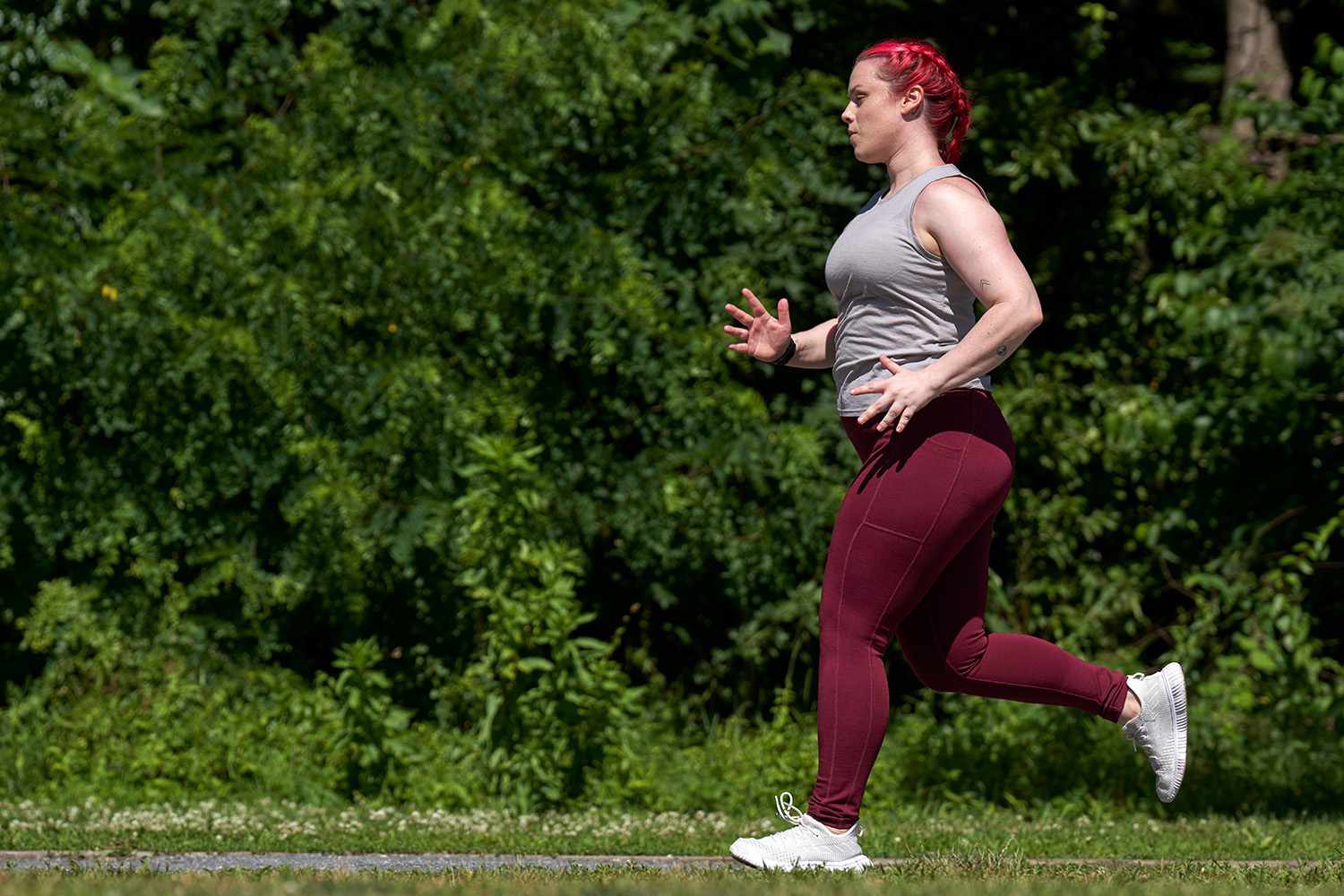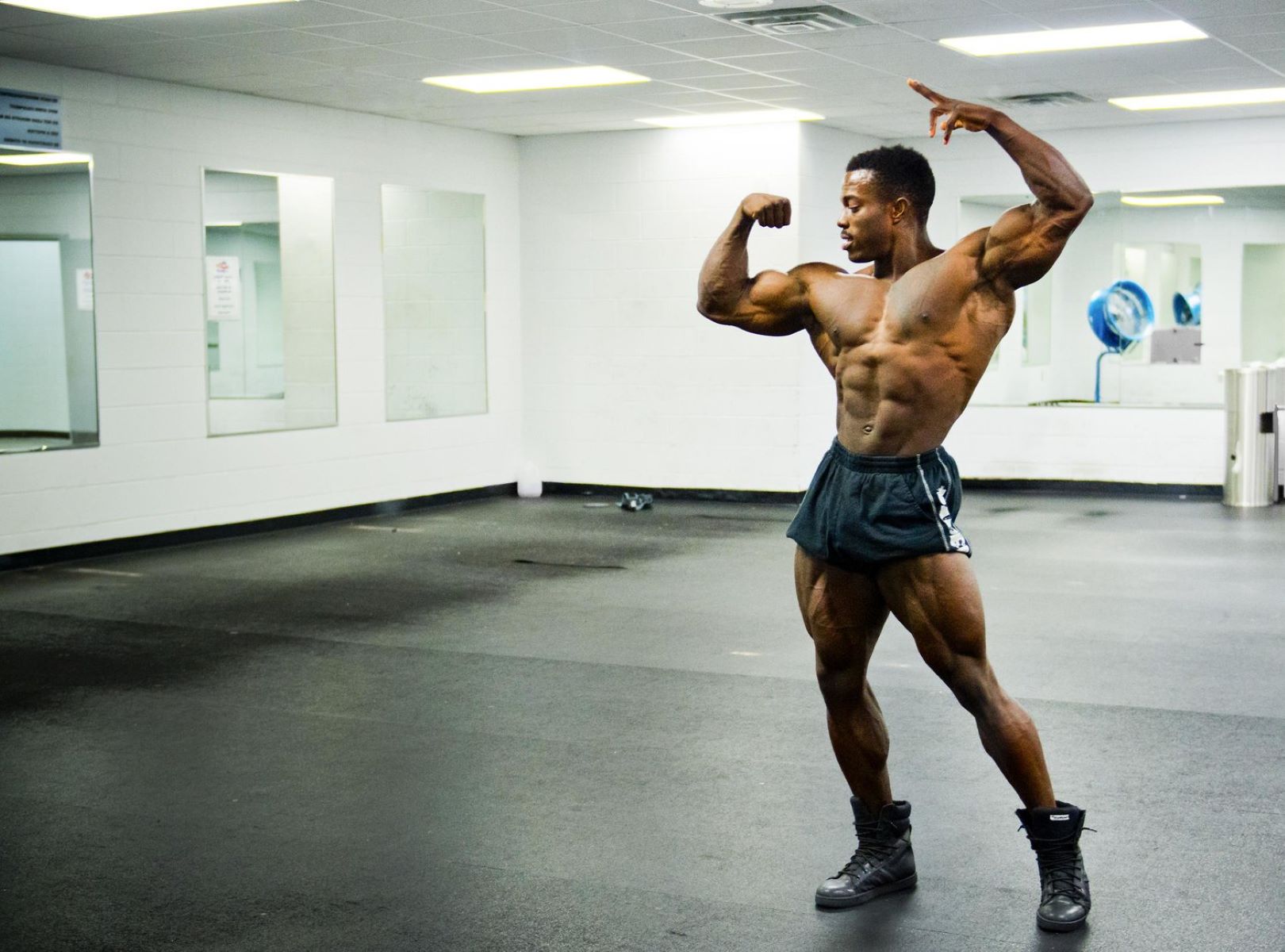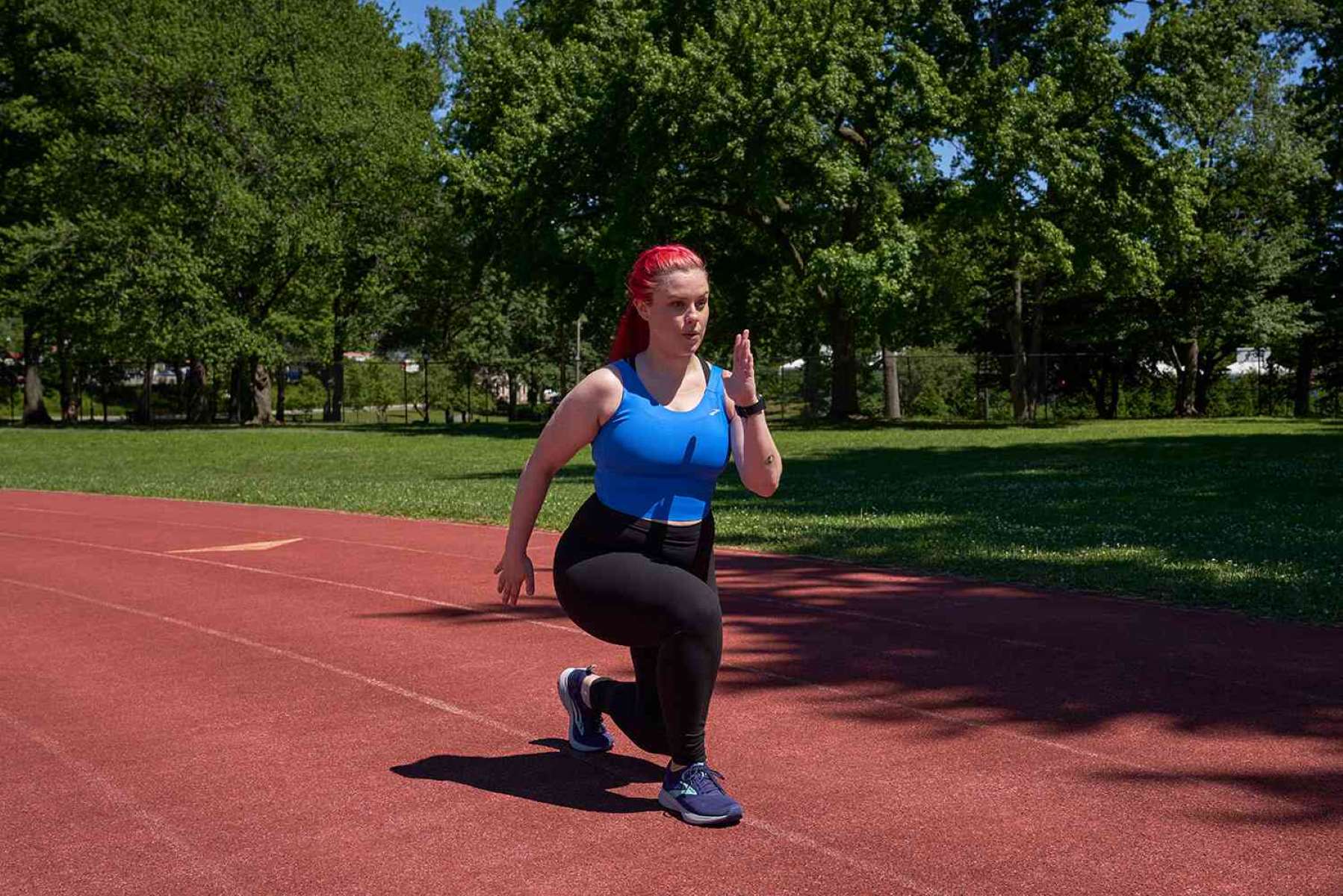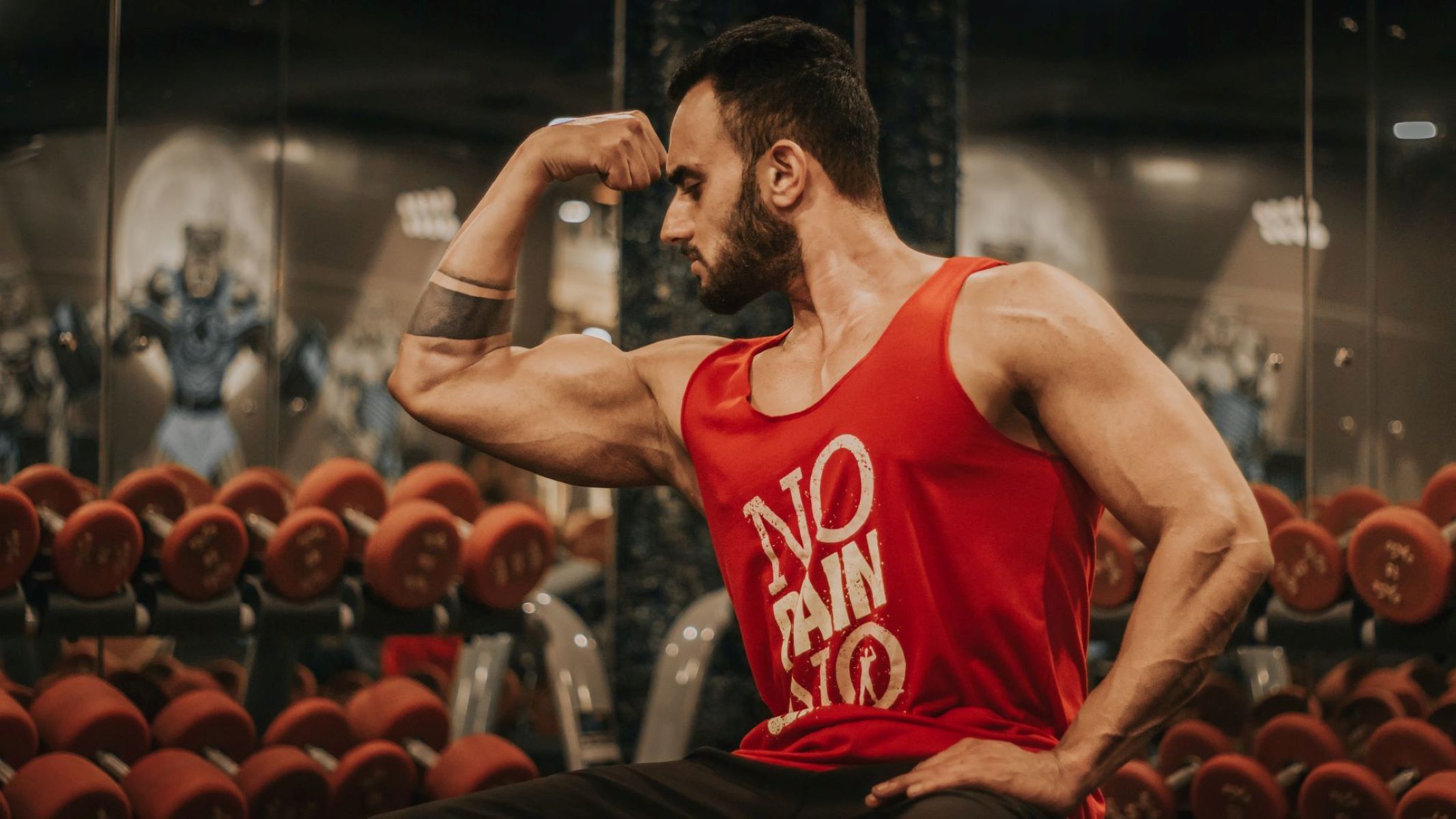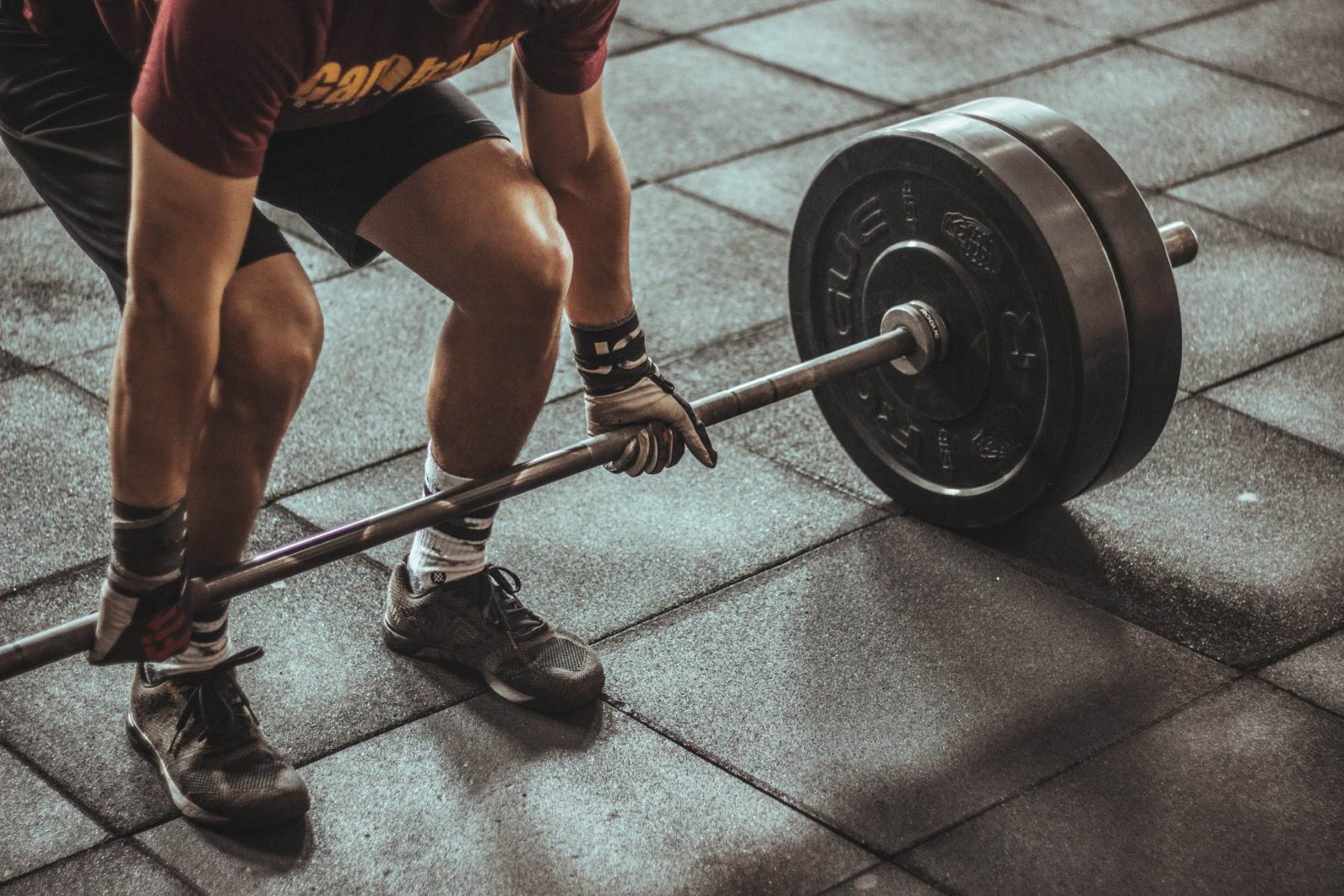Home>Misc>Featured>How Long Should A Workout Be To Build Muscle
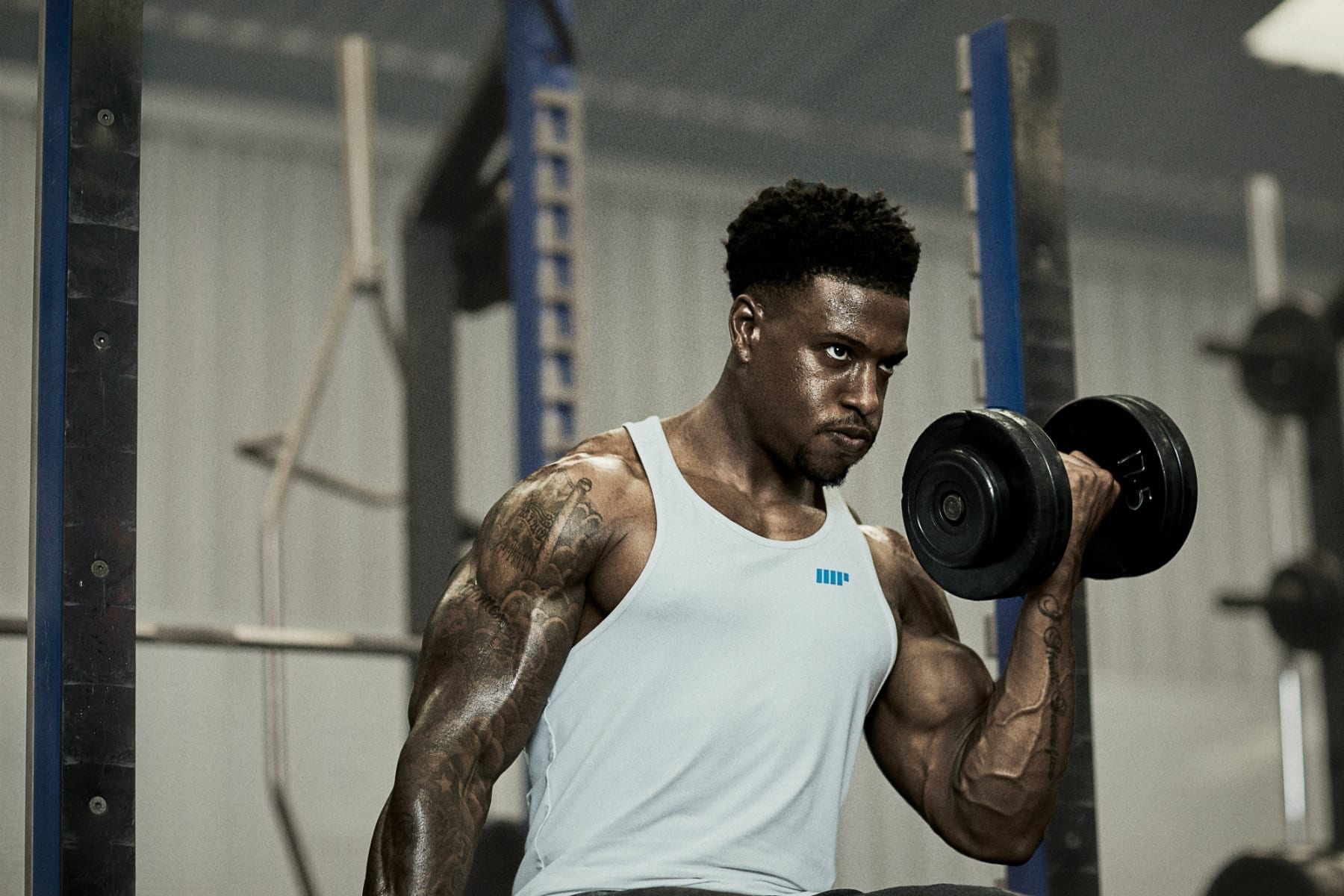

Featured
How Long Should A Workout Be To Build Muscle
Published: August 12, 2023
Discover the ideal workout length to maximize muscle growth with our featured guide. Build strength and achieve your fitness goals efficiently with our expert tips.
Introduction
Welcome to the world of muscle building! If you’re interested in transforming your physique and building lean muscle mass, you’ve come to the right place. One of the key factors to consider when planning your workout routine is the duration of your workouts. Determining the optimal length of a workout session can significantly impact your muscle growth and overall fitness progress.
While there is no one-size-fits-all answer to how long a workout should be to build muscle, there are several important factors to consider. It’s essential to strike a balance between challenging your muscles enough for growth and allowing them adequate recovery time. In this article, we will delve into the significance of workout duration for muscle building, the factors that influence the ideal workout length, and provide recommendations to help you maximize your muscle gains.
Before we dive into the details, it’s important to understand that building muscle is a gradual process that requires a combination of consistent training, sufficient rest, and proper nutrition. The workouts themselves serve as the stimulus to trigger muscle growth, but the recovery period is equally crucial for allowing the muscles to repair and grow stronger.
Throughout this article, we will provide you with insights and strategies to help you make informed decisions regarding the duration of your workouts. We will explore various aspects, including the recommended workout lengths, tips for maximizing muscle growth during workouts, and common mistakes to avoid. By the end, you will have a better understanding of how to structure your workouts to optimize muscle growth and achieve your fitness goals.
Importance of workout duration for muscle growth
The duration of your workouts plays a significant role in muscle growth. When you lift weights or engage in resistance training exercises, you create micro-tears in your muscle fibers. These micro-tears stimulate your body to repair and rebuild the muscles, making them stronger and larger than before. The duration of your workout session can influence the extent and effectiveness of this muscle-building process.
Firstly, if your workouts are too short, you may not provide enough stimulus for optimal muscle growth. To promote muscle hypertrophy, it’s essential to challenge your muscles with adequate intensity and volume. The duration of your workout should be long enough to ensure that you adequately engage and fatigue your muscles to encourage growth. Aim to include a variety of exercises that target different muscle groups and perform multiple sets and repetitions to maximize your muscle-building potential.
On the other hand, excessively long workouts can also be counterproductive. Extended periods of exercise can lead to fatigue and overtraining, which can hinder muscle growth. When you overtrain, your body may struggle to recover properly, impeding the muscle repair process. Therefore, finding the right balance is crucial to avoid overexertion and optimize muscle growth.
Moreover, workout duration can impact the release of hormones in your body that are essential for muscle growth. Intense workouts of moderate duration have been shown to increase the release of testosterone and growth hormone, both of which play crucial roles in muscle development. These hormones help to facilitate muscle protein synthesis, promoting muscle repair and growth.
In addition, the duration of your workouts can influence the energy systems utilized during exercise. Short-duration, high-intensity workouts primarily rely on anaerobic energy systems, while longer-duration workouts incorporate aerobic energy systems. Different energy systems stimulate different adaptations in the body, so varying the duration of your workouts can help optimize muscle growth through different metabolic pathways.
Ultimately, the importance of workout duration for muscle growth lies in achieving the right balance. It’s essential to challenge your muscles sufficiently to promote growth, but also give them enough time to rest and recover. Finding the optimal duration for your workouts will vary depending on individual factors such as fitness level, goals, and recovery capacity. By carefully considering the duration of your workouts, you can ensure that you are maximizing your muscle-building potential without overtaxing your body.
Factors affecting the ideal workout duration for muscle building
When determining the ideal workout duration for muscle building, it’s crucial to consider various factors that can influence the effectiveness of your workouts. Each individual is unique, and several elements can impact how long your workouts should be for optimal muscle growth. Here are some key factors to keep in mind:
- Fitness Level: Your current fitness level plays a significant role in determining the duration of your workouts. Beginners may need shorter workouts to allow their bodies to adapt to the demands of exercise, while advanced individuals may require longer sessions to continue challenging their muscles.
- Training Goals: Your specific training goals will also affect the duration of your workouts. If your primary objective is to build muscle, incorporating longer, more intense workouts can be beneficial. However, if your focus is on overall fitness or weight loss, shorter workouts may be more suitable.
- Time Availability: Consider the amount of time you have available for each workout session. While it’s important to challenge your muscles adequately, it’s equally crucial to be realistic with your time constraints. You want to ensure that you can consistently commit to your workouts without feeling rushed or sacrificing form and intensity.
- Recovery Capacity: Everyone’s ability to recover from workouts varies. Some individuals may require longer recovery periods between workouts to allow their muscles enough time to repair and grow. In contrast, others may have a faster recovery rate and can tolerate more frequent or longer workouts.
- Training Intensity: The intensity at which you perform your exercises can affect the duration of your workouts. Higher intensity workouts may require shorter durations to avoid overexertion and overtraining, while lower intensity workouts may allow for longer durations.
It’s important to note that these factors are not mutually exclusive. They often work in conjunction to determine the optimal workout duration for each individual. Experimentation and mindful observation of your body’s response to different workout durations can provide valuable insights into what works best for you.
Additionally, it’s important to periodically reassess and adjust the duration of your workouts as your fitness level improves. As you become stronger and more conditioned, you may need longer sessions to continue challenging your muscles effectively and promoting muscle growth.
Remember, finding the ideal workout duration is not an exact science. It requires a balance between pushing your limits and allowing your body to recover. Pay attention to how your body feels during and after each workout, and make adjustments accordingly. By considering these factors and adapting your workouts accordingly, you can optimize your muscle-building potential and progress towards your fitness goals.
Recommended workout duration for muscle growth
While the ideal workout duration for muscle growth can vary depending on individual factors, there are general recommendations to consider when planning your workouts. These guidelines can serve as a starting point to help you structure your training sessions effectively:
1. Focus on quality over quantity: It’s more important to prioritize the quality of your workouts rather than the duration. Aim to perform each exercise with proper form and technique, focusing on the targeted muscle group. This ensures that you’re effectively engaging the muscles and maximizing muscle stimulation.
2. Short to moderate duration: For most individuals, a workout duration of 45 minutes to 1 hour is a good starting point. This timeframe allows for an adequate volume of exercises and sets while minimizing the risk of overtraining. However, keep in mind that shorter, more intense workouts can be just as effective in promoting muscle growth.
3. Listed length of time: Within your workout duration, aim to spend around 60-75% of your time on resistance exercises targeting major muscle groups. This ensures that you allocate sufficient time and effort towards building muscle while leaving room for warm-up, cool-down, and cardiovascular exercises.
4. Vary the duration: It can be beneficial to incorporate varying workout durations into your routine. This practice helps prevent adaptation and plateaus by challenging your muscles through different metabolic pathways. Consider alternating between shorter high-intensity workouts and longer moderate-intensity sessions to keep your muscles guessing and continuously adapting.
5. Listen to your body: Pay attention to how your body responds to different workout durations. If you consistently feel fatigued or notice a decline in performance, it may be a sign that your workouts are too long or intense. Likewise, if you find yourself not feeling challenged enough or not making progress, it may be worth considering longer or more intense sessions.
Remember, these recommendations are not set in stone and should be adjusted based on your individual needs and goals. Some individuals may thrive with shorter, high-intensity workouts, while others may prefer longer, moderate-intensity sessions. It’s important to find what works best for you personally and be open to experimenting with different durations and approaches.
Lastly, always prioritize recovery and rest days. Regardless of workout duration, ensure that you are giving your body enough time to rest and recover between sessions. This allows your muscles to repair and grow, setting the stage for continued progress and gains in muscle mass.
Tips for maximizing muscle growth during workouts
If you’re looking to optimize muscle growth during your workouts, there are several strategies you can implement. These tips will help you make the most out of each training session and enhance your muscle-building potential:
- Focus on compound exercises: Compound exercises, such as squats, deadlifts, bench presses, and pull-ups, engage multiple muscle groups simultaneously. These exercises recruit more muscle fibers, stimulate greater muscle growth, and provide a more efficient use of your workout time.
- Progressive overload: Regularly challenge your muscles by progressively increasing the weight, repetitions, or intensity of your exercises. Progressive overload is vital for stimulating muscle growth and preventing plateaus. Aim to gradually increase the demands placed on your muscles to promote continual adaptation.
- Controlled tempo: Pay attention to the tempo at which you perform each exercise. Focus on a controlled eccentric (lowering) phase, a brief pause at the bottom, and a deliberate concentric (lifting) phase. This tempo allows for greater muscle tension and time under tension, maximizing the effectiveness of each repetition.
- Utilize proper form: Maintain proper form and technique throughout your exercises. This ensures that you’re effectively targeting the intended muscle groups and reduces the risk of injury. If needed, seek guidance from a qualified professional to ensure you’re performing each exercise correctly.
- Incorporate supersets and dropsets: Introduce supersets and dropsets into your workouts to add intensity and stimulate muscle growth. Supersets involve performing two exercises back-to-back without rest, targeting different muscle groups. Dropsets involve gradually reducing the weight while performing multiple sets of an exercise to fully fatigue the muscles.
- Use a variety of rep ranges: Varying your rep ranges can stimulate different muscle fibers and promote muscle growth. Include a mix of low (1-5 reps), moderate (6-12 reps), and high (12+ reps) rep ranges in your training program to ensure overall muscle development.
- Ensure adequate rest between sets: Allow for sufficient rest between sets to ensure proper recovery and maintain the intensity of each exercise. Depending on the intensity of your training, aim for 1-3 minutes of rest between sets to optimize muscle growth.
Remember, the key to maximizing muscle growth during your workouts is to consistently challenge your muscles, provide progressive overload, and maintain proper form. Tailor these tips to your specific needs and listen to your body’s cues to ensure that you’re training effectively and safely.
Common mistakes to avoid during workouts for muscle building
When it comes to maximizing muscle growth, avoiding certain mistakes during your workouts is just as important as following the right strategies. Here are some common pitfalls to be aware of and steer clear of to ensure optimal results:
- Neglecting proper warm-up: Skipping a proper warm-up can increase the risk of injury and negatively impact your performance. Take the time to warm up your muscles with dynamic movements and light exercises to increase blood flow, enhance flexibility, and mentally prepare for the workout ahead.
- Not using proper form: Performing exercises with improper form not only reduces their effectiveness but also increases the risk of injury. Focus on maintaining proper alignment, engaging the correct muscles, and performing each movement with control and intention.
- Overtraining: While consistency is key for muscle growth, overtraining can lead to fatigue, burnout, and potential injury. Allow for adequate rest days in your training schedule to give your muscles time to recover and repair. Remember, it’s during rest that your muscles grow stronger.
- Underestimating the importance of nutrition: Building muscle requires proper nutrition to support growth and recovery. Ensure you’re consuming enough protein, carbohydrates, and healthy fats to fuel your workouts and provide essential nutrients for muscle repair and growth.
- Lack of variety in exercises: Relying solely on a few exercises can lead to muscle imbalances and plateaus. Include a variety of exercises that target different muscle groups and provide various movement patterns to prevent stagnation and promote overall muscle development.
- Not progressing the intensity: Sticking to the same weights and repetitions for an extended period can hinder muscle growth. Continually challenge your muscles by increasing the weight, intensity, or difficulty of your exercises over time to promote continuous adaptation and progress.
- Skipping post-workout stretching and cooldown: After your workout, take the time to stretch and cool down. This helps reduce muscle stiffness, improve flexibility, and aid in muscle recovery. Neglecting this aspect can lead to increased muscle soreness and potential injury.
- Too much focus on isolation exercises: While isolation exercises have their place, focusing too heavily on them may neglect larger muscle groups and hinder overall muscle development. Make sure to include compound exercises that engage multiple muscle groups for maximum muscle growth and strength gains.
Avoiding these mistakes and staying mindful of your technique, recovery, and overall training approach can significantly improve the effectiveness of your workouts. Strive for a balance between pushing your limits and prioritizing proper form and recovery to achieve optimal muscle-building results.
Conclusion
Building muscle through effective workouts requires careful consideration of various factors, including workout duration, intensity, and recovery. While there is no one-size-fits-all answer to how long a workout should be to build muscle, there are guidelines and strategies that can help maximize your results.
Remember, quality is key. Focus on performing exercises with proper form, using progressive overload, and challenging your muscles adequately. Strive for a balance between intensity and recovery, ensuring that you give your muscles enough time to rest and repair between workouts.
Take into account your fitness level, training goals, time availability, recovery capacity, and training intensity when determining the ideal workout duration for muscle growth. Listen to your body and be willing to adjust and experiment with different durations to find what works best for you.
Incorporating compound exercises, utilizing proper form, varying rep ranges, and focusing on progressive overload are important strategies for maximizing muscle growth during your workouts. Additionally, avoiding common mistakes such as neglecting warm-up, overtraining, and lack of nutrition can help ensure that you see positive results from your efforts.
Remember that building muscle is a gradual process. Be patient, consistent, and committed to your training program. It’s essential to approach your workouts with intention, continually challenging yourself to promote continual adaptation and progress.
By implementing the tips and strategies provided in this article, you will be well on your way to optimizing your muscle-building potential and achieving your fitness goals. Tailor your workouts to your specific needs, and don’t be afraid to seek guidance from fitness professionals to ensure you’re on the right track.
Embrace the journey, stay motivated, and enjoy the process of building lean muscle mass. With dedication and the right approach, you will reach your desired level of strength and achieve the physique you’ve always desired.
